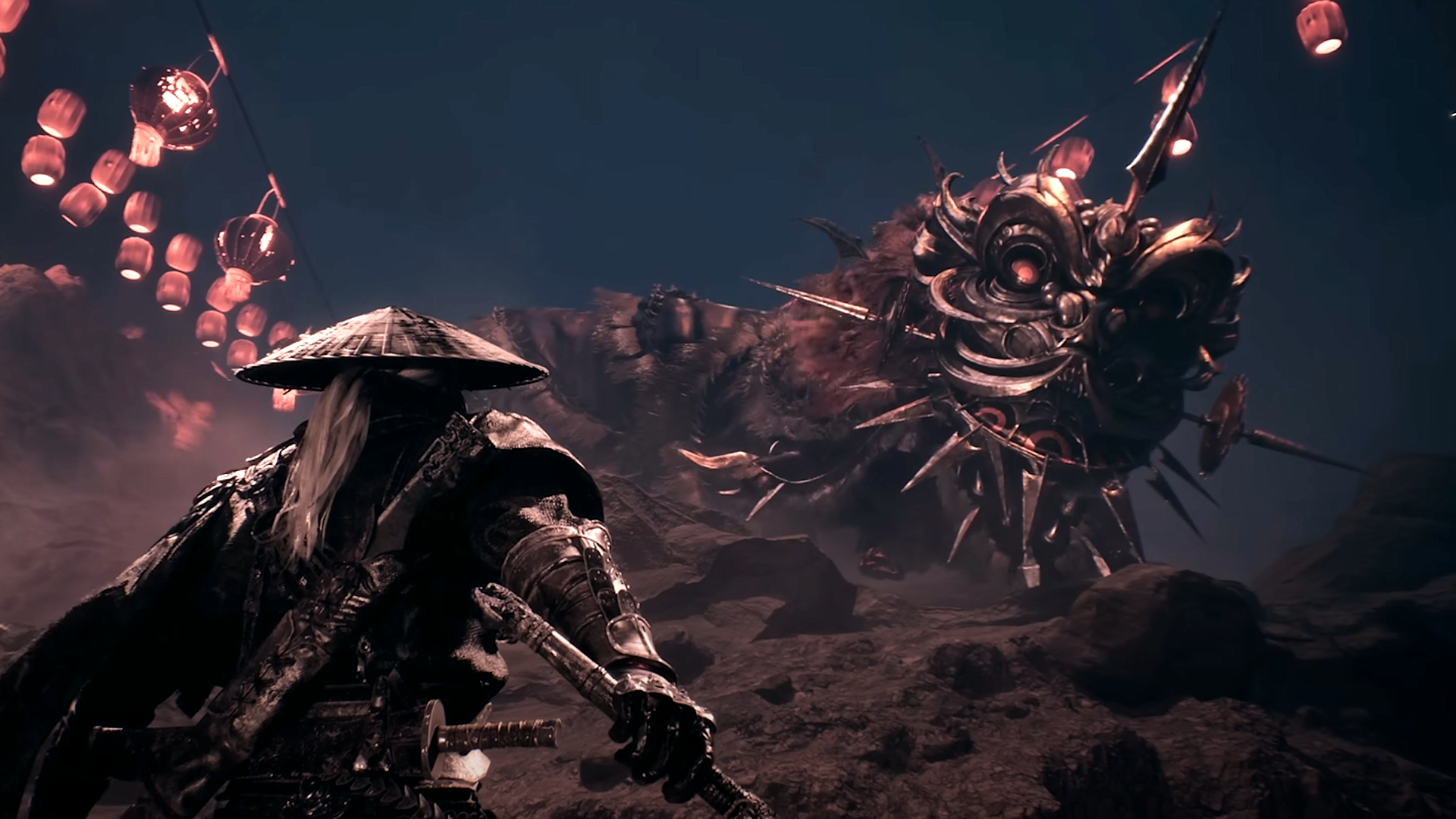Phantom Blade Zero plays less like Sekiro, more like Wo Long: Fallen Dynasty—and I couldn't be happier
Mixing it up.

I got to sit down and play Phantom Blade Zero at Gamescom last week and—after muddling a bit to find my booth in the chaos of a bustling floor—came away quite impressed. Judging by the reactions of my fellow demo-triers, one of whom managed to beat it a whole 7 minutes before me (I'm not upset), it's looking to be a sleeper hit.
Phantom Blade Zero comes from S-Game, and it's the studio's first major effort and, as PC Gamer's own Rich Stanton noted last year, it's also inspired by an RPG maker game the team made back in 2010 named Rainblood: Town of Death. S-Game has since been pretty eager to draw a line between Phantom Blade Zero and soulslikes—revealing that while it's certainly drawn inspiration, it's definitely its own thing.
Having got my mitts on it, I'm in full agreement. Phantom Blade Zero feels, in spirit, a lot more like Team Ninja's Wo Long: Fallen Dynasty—taking the trappings of FromSoftware's Sekiro: Shadows Die Twice and reinventing the genre into a wuxia action romp, like a hefty dash of Godhand or Ninja Gaiden thrown in the soulslike soup. It's a genre diversion that I'm gleeful—downright kicking my feet and giggling—to see flourish.
Phantom Blade Zero is a game that's not too concerned about rugged exploration filled with a billion threats. It's not entirely disinterested in it, mind, but enemies don't respawn after you've killed them once—and from what I've played, the focus is more on the boss fights.
What separates it from Wo Long: Fallen Dynasty, however, is that it's not afraid to let things get complex. For starters, you have two types of attack that require either a perfect parry or a perfect spot dodge—that is, a dodge where you commit to the power of iframes and stay rooted as the swing comes in. You also have access to timed blocks, which are great for stance-breaking (Sha-Chi depleting) your foes.
In the mix you've got ranged weapons—such as a bow and arrow or, more stylishly, a giant tiger head that spits fire—and special moves that are fueled by Sha-Chi essence named Power Surges.
It's all feeling very over the top in a delicious way, unshackled from the earthly need to be grounded and sensible. It, like Wo Long: Fallen Dynasty, trades out deliberate and careful movement for cool flips and tricks. Unlike that game, however, it gives its players both a wider toolbox and enemies that are more inclined to mix you up like you stumbled into EVO before learning how to dragon punch.
The biggest gaming news, reviews and hardware deals
Keep up to date with the most important stories and the best deals, as picked by the PC Gamer team.
One of my favourites was a boss who threw a weighted chain at me—flashing a red light to tell me that the incoming attack needed to be perfect-dodged. However, said mook then proceeded to hurl his weapon upwards, forcing me to intuit (by the flex of his arm) when it was coming back down. Multiple times, though, I'd be further punished by a hitbox as he yanked the offending bludgeon away if my positioning was bad.
It's all a delicious baseline for skill expression, unafraid to assume its players are skilled enough to get spicy with its mechanics, and I cannot wait to play some more—my attention (formerly my interest) has now turned into full-blown excitement.

Harvey's history with games started when he first begged his parents for a World of Warcraft subscription aged 12, though he's since been cursed with Final Fantasy 14-brain and a huge crush on G'raha Tia. He made his start as a freelancer, writing for websites like Techradar, The Escapist, Dicebreaker, The Gamer, Into the Spine—and of course, PC Gamer. He'll sink his teeth into anything that looks interesting, though he has a soft spot for RPGs, soulslikes, roguelikes, deckbuilders, MMOs, and weird indie titles. He also plays a shelf load of TTRPGs in his offline time. Don't ask him what his favourite system is, he has too many.

